theme 2 Operations - emily
Mind Map: Effective Study Techniques
Central Idea: Enhancing study habits for academic success

Peter Symonds College
A Level Business
Year 1
Student Workbook
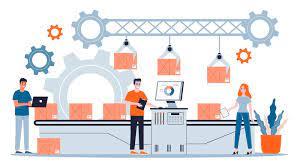
Theme 2-Operations
2.4.1.-2.5.3
Student Name _________________________
Teacher Name _________________________
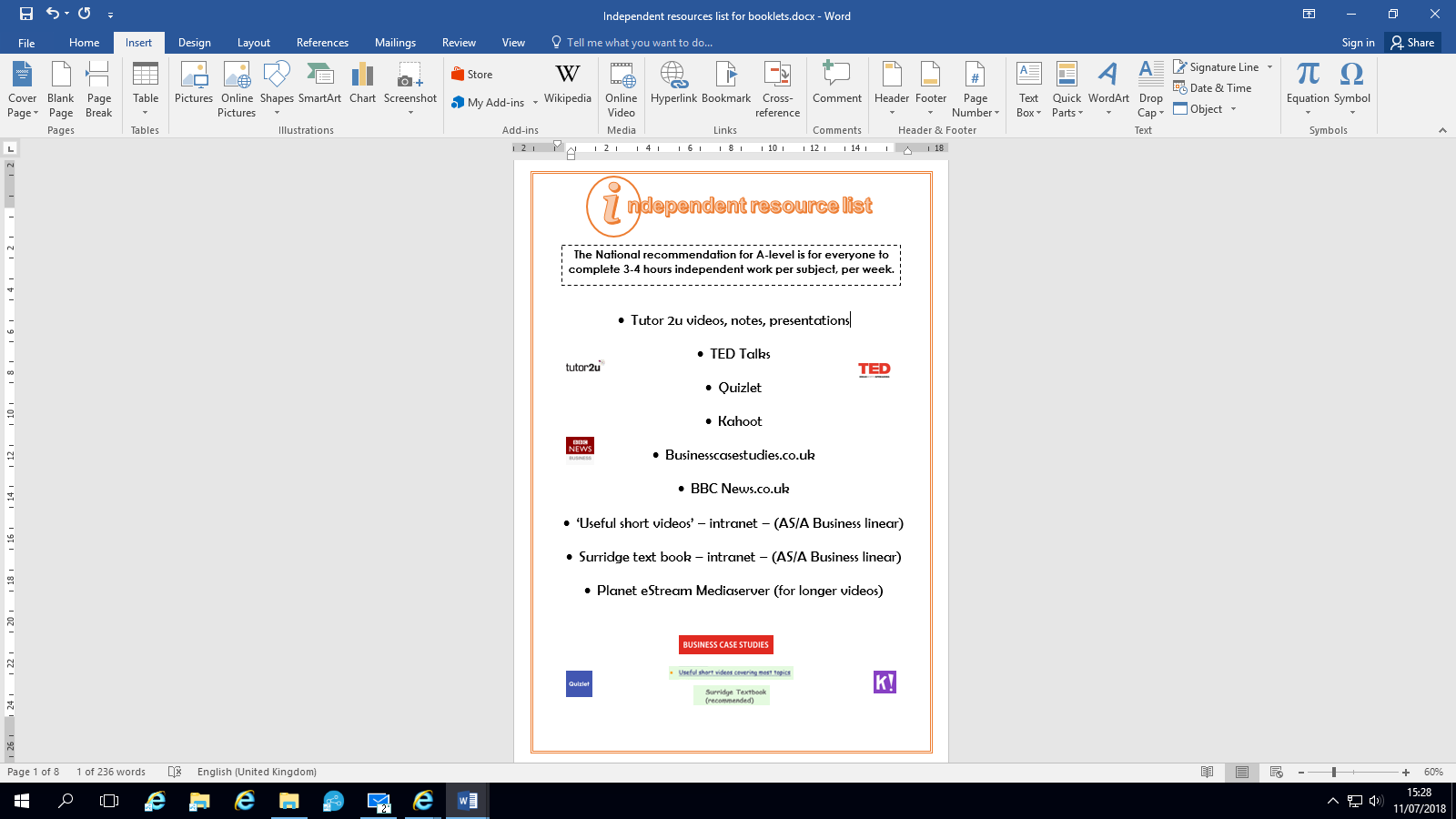
![]()
The Specification for this section:
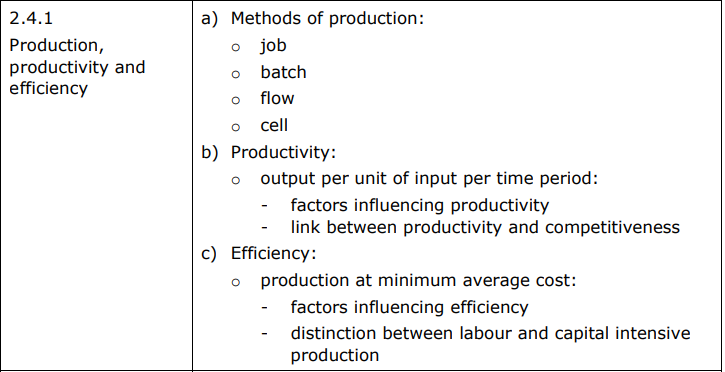
production- is the output per input (person or machine) per hour
productivity- is the total amount of output that is produced in a time period
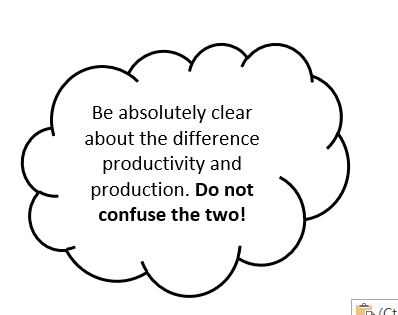
There are various methods of producing goods for sale. Each method will be suitable for certain goods, you will need to know the advantages and disadvantages of each of the methods and when they would be appropriate. 
Definition | Advantages | Disadvantages | When commonly used | |
|---|---|---|---|---|
Job production | Job production is where one single product is made at a time | Products are made for a specific client or customer – so can charge higher prices Products made are high quality Very motivated workers who can see one item made from start to finish | The production process can be slow and labour intensive Skilled labour and craftsmen are expensive Hard to speed up if demand increases |
|
Batch production | This is the production method used when a business wants to make more than one item at a time. Goods are made in batches, and can be switched over to make something different on the same production line | Production can be changed to meet customer needs or fluctuations in demand Standard production of items means it can be mechanised less labour involved than job production Employees specialise so become good at their job | Small batches carry higher average unit costs (EOS) Workers may be less motivated with repetitive work Idle time between batches needs to be managed as this is wastage |
|
Definition | Advantages | Disadvantages | When commonly used | |
Flow | Flow production uses production lines with continuous movements of items through the process | A business can make larger quantities which means they can bulk buy raw materials and save money (economies of scale) Automated and computerised production means improved quality and more complex designs can be made in shorter times | High costs to buy the factory and machinery Low motivation of staff due to repetitive tasks Break downs and lost production can be costly | When standardised products are being mass produced For example, crisps, chocolate bars and frozen pizzas |
Cell | Cell production is dividing up production into separate self-contained areas that are each responsible for a section of work | Wastage through movement of materials is reduced Time waiting for stock to arrive is reduced Bottlenecks in the production process are reduced (where everything builds up waiting to go to the next stage) | Any breakdown of machinery will stop the production Needs more staff to supervise than a continuous flow Expanding can be hard as space may be limited or restricted by tasks |
Productivity reminder
Productivity is the output per input (person or machine) per hour
Factors influencing productivity
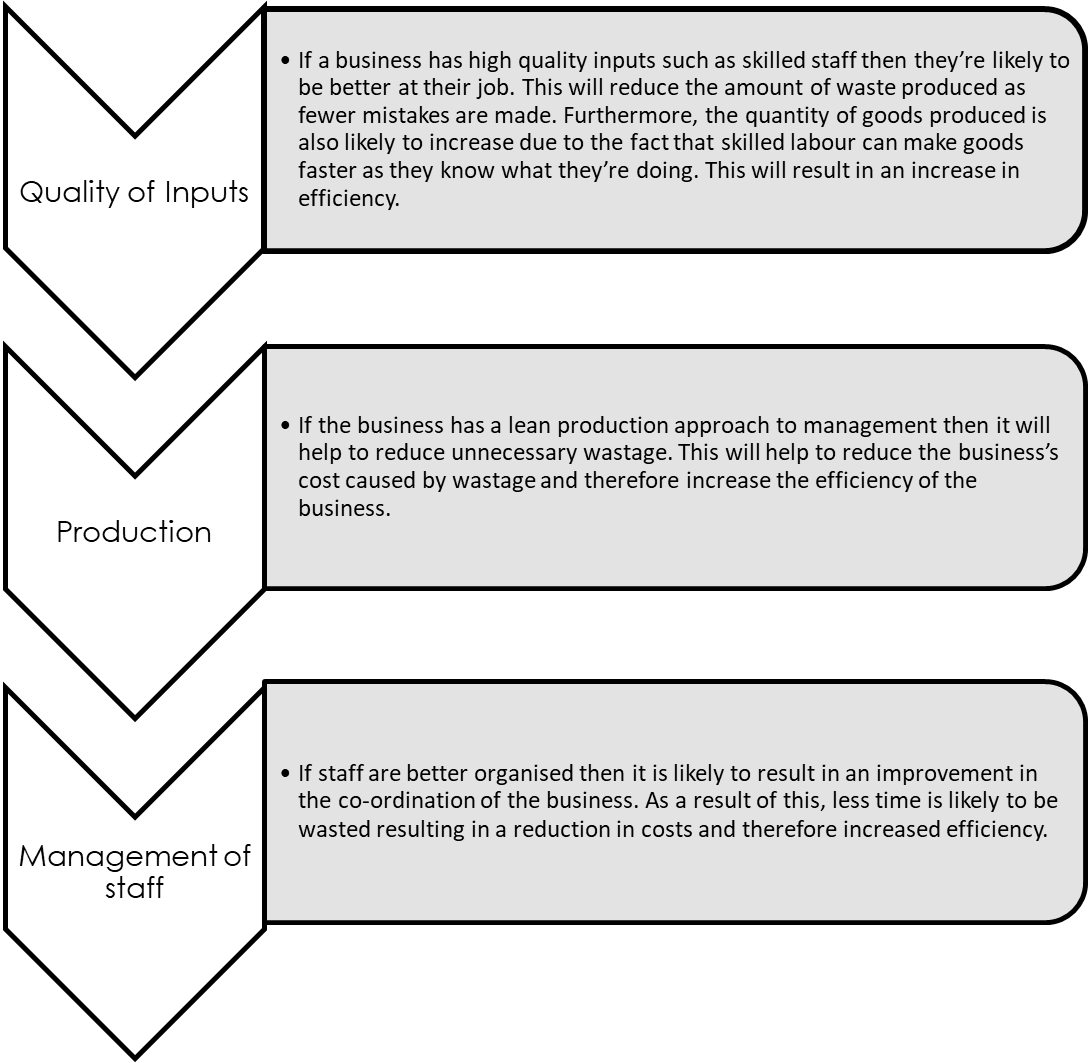
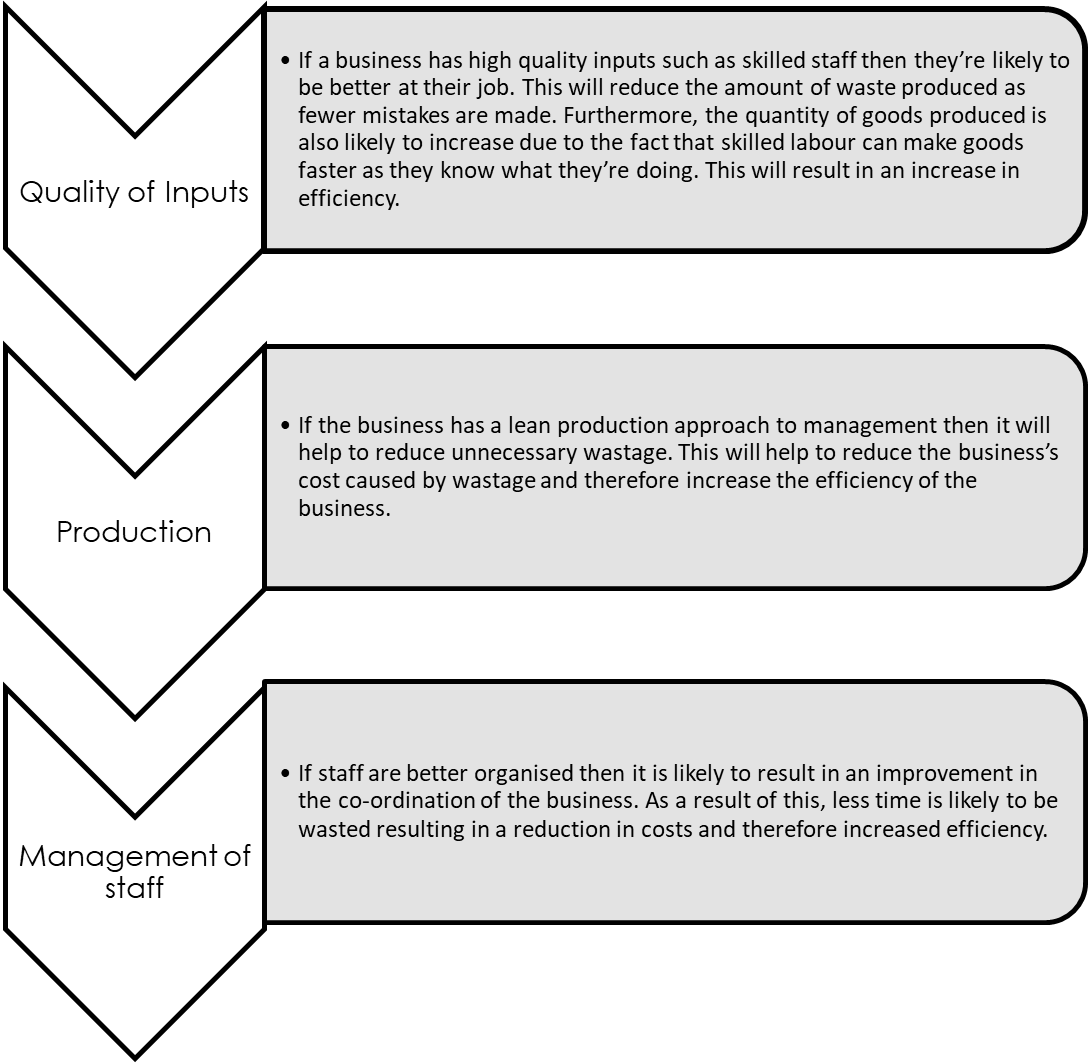
Difficulties increasing productivity | |
|---|---|
The role of management | In many firms in the UK the focus is on production not productivity as most managers think about short term gain rather than reorganising the workforce to increase efficiency. |
Boosting productivity when markets are static | If demand is not increasing for a product (static market) and the management introduce a more efficient way of working this will lead to job cuts as less employees will be needed to produce the same amount. |
Link between productivity and competitiveness
If a business is more productive then it can produce goods more economically efficiently and therefore is in a position to charge more competitive prices
For example, a business that introduces a new machine to bottle beer or wrap crisps can now produce double the amount in half the time. The business will enjoy economies of scale and can therefore charge a competitive price
Calculation practice
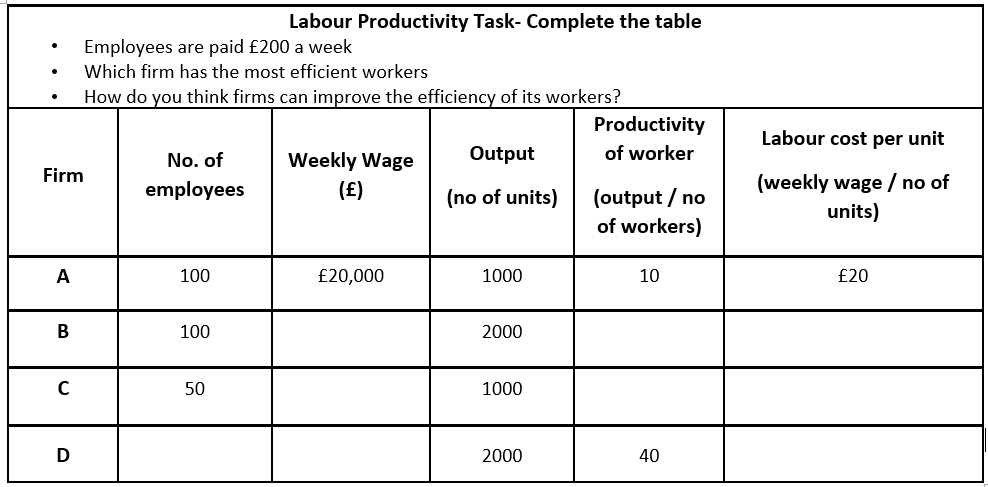
Efficiency
Being efficient simply means reducing the amount of wasted inputs.
Time, money and raw materials are limited, so it makes sense to try to conserve them while maintaining an acceptable level of output.
Factors influencing efficiency and how can be improved
Research Task 
Carry out some online research.
Find out the average hourly wage rate for:
China
India
UK (Over 25)
Convert all 3 into dollars
Which country has the highest wage rate?
How will this impact on the cost of production?
![]()
Distinction between capital and labour-intensive production
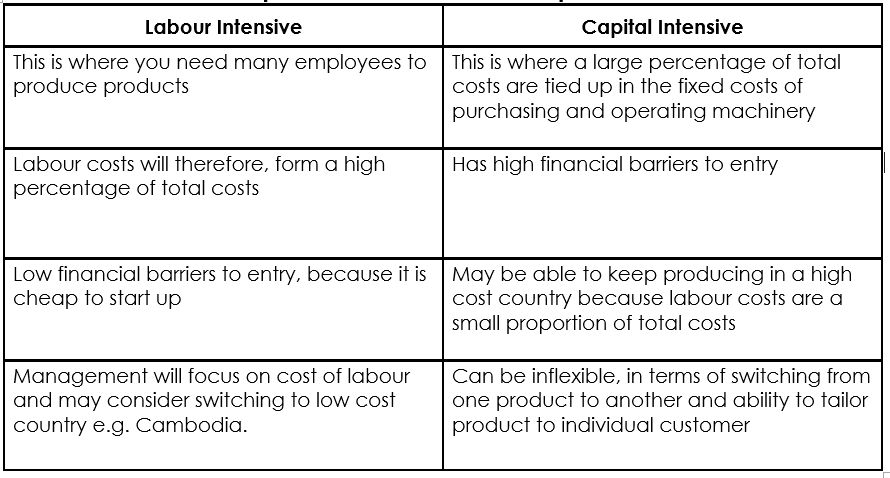
Quick knowledge check
![]()
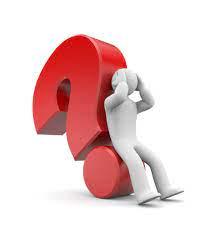
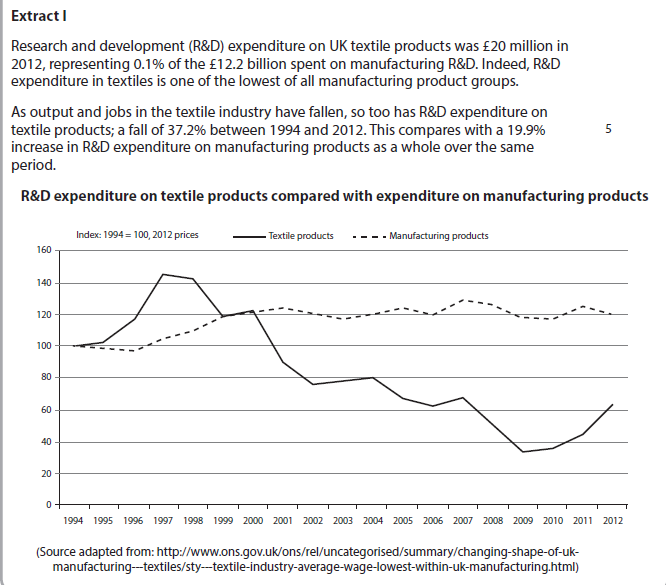
Assess the possible impact of the decline in R&D expenditure on the productivity of UK textile businesses (12 marks)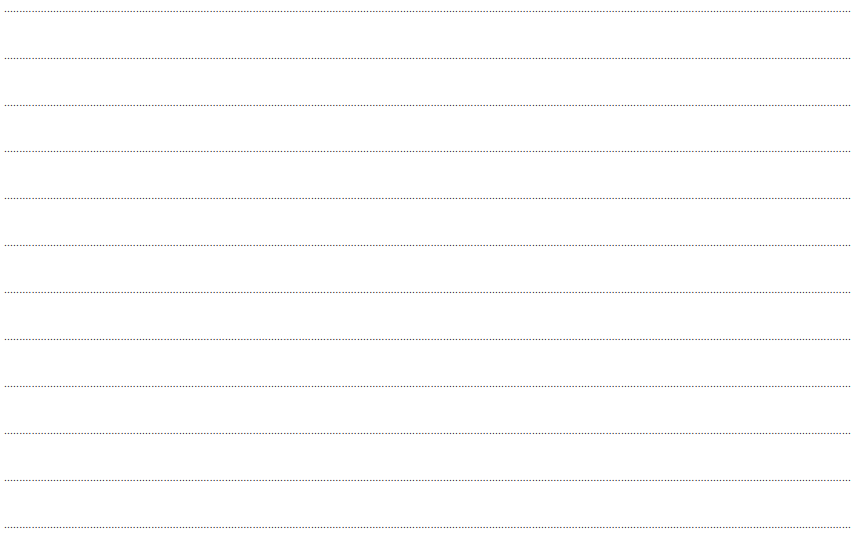
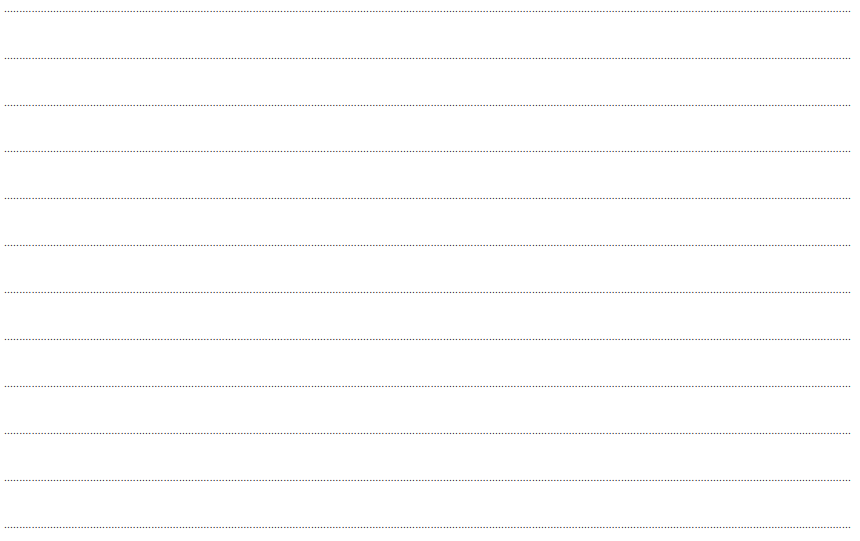
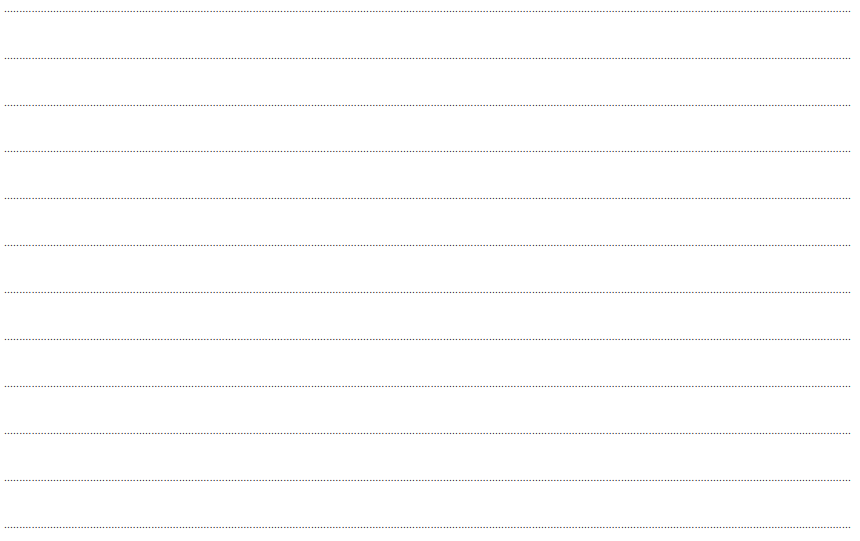
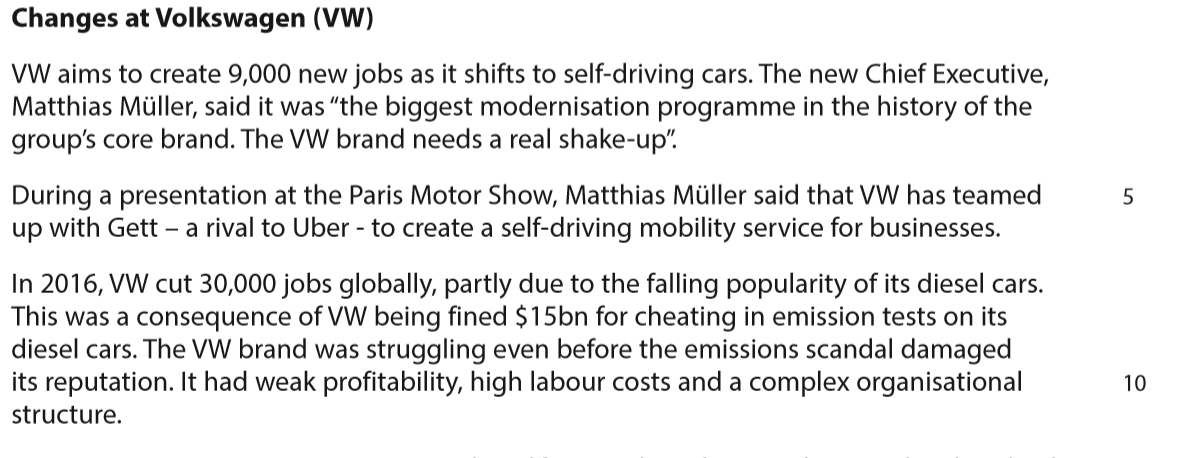

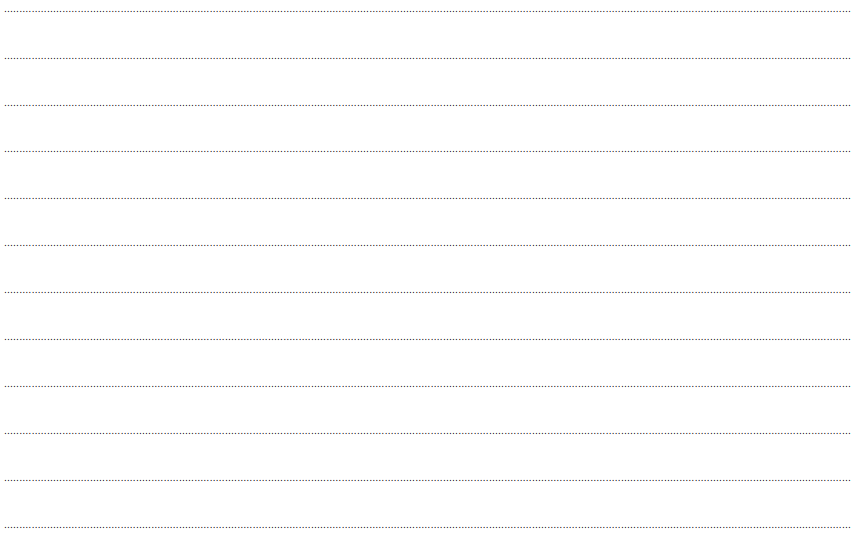
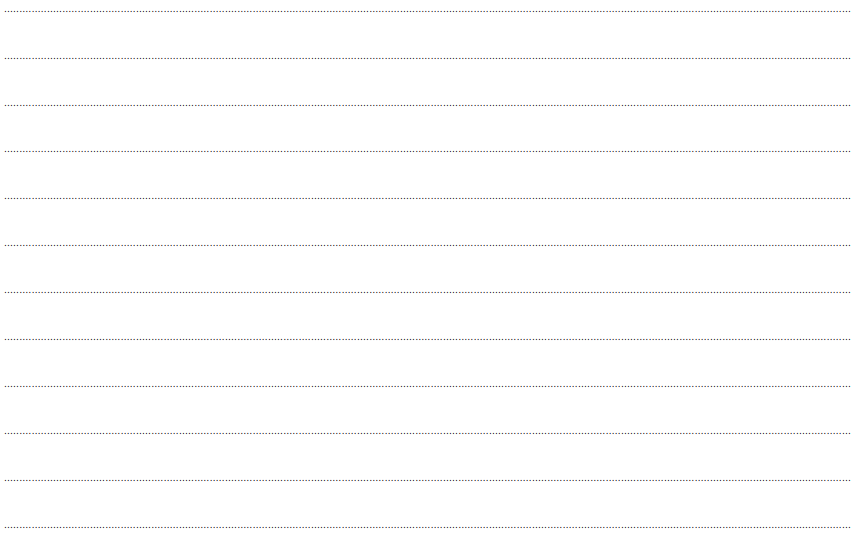
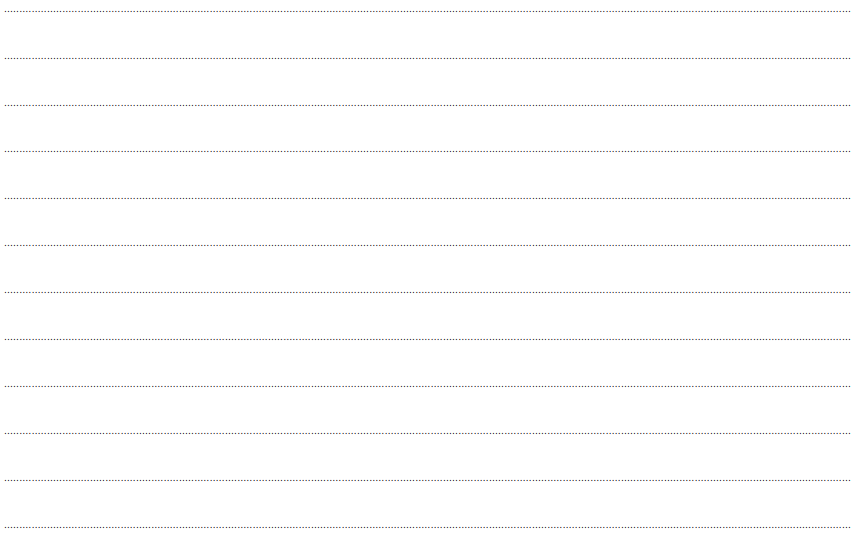
![]()
The Specification for this section:
Capacity is the maximum output that a business can produce in a given period with the available resources
Definition of Capacity utilisation
the percentage of a total capacity that is actually being achieved in a given period
Formula:
actual level of output / max possible output x 100
Why is it important?
Capacity utilisation is important as it has a bearing on average cost per unit and therefore EOS (Economies of scale)
In high capacity utilisation the fixed costs are spread over more units of production

In low capacity utilisation the fixed costs can be too high to stay in business or keep producing that product
Calculation practice 1 actual level of output / max possible output x 100
Business | Current output | Max annual output | Capacity utilisation % |
|---|---|---|---|
A | 3,500 | 7,000 | 50 |
B | 26,000 | 48,000 | 54 |
C | 36 | 42 | |
D | 550,000 | 600,000 | |
What is the optimum level of capacity to work at- why? | |||
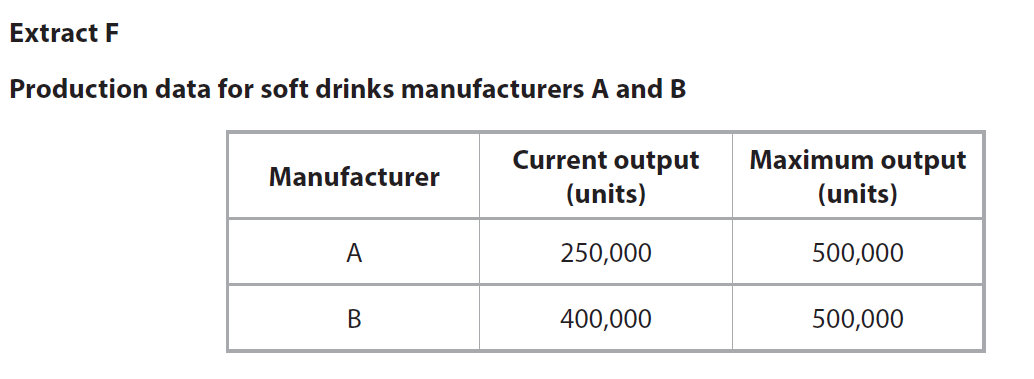

the implication of manufacturer A being at 50% capacity would be that it is less efficient, leaving fixed costs to be spread across fewer units resulting in higher average costs
Reasons why a firm may be operating below maximum capacity
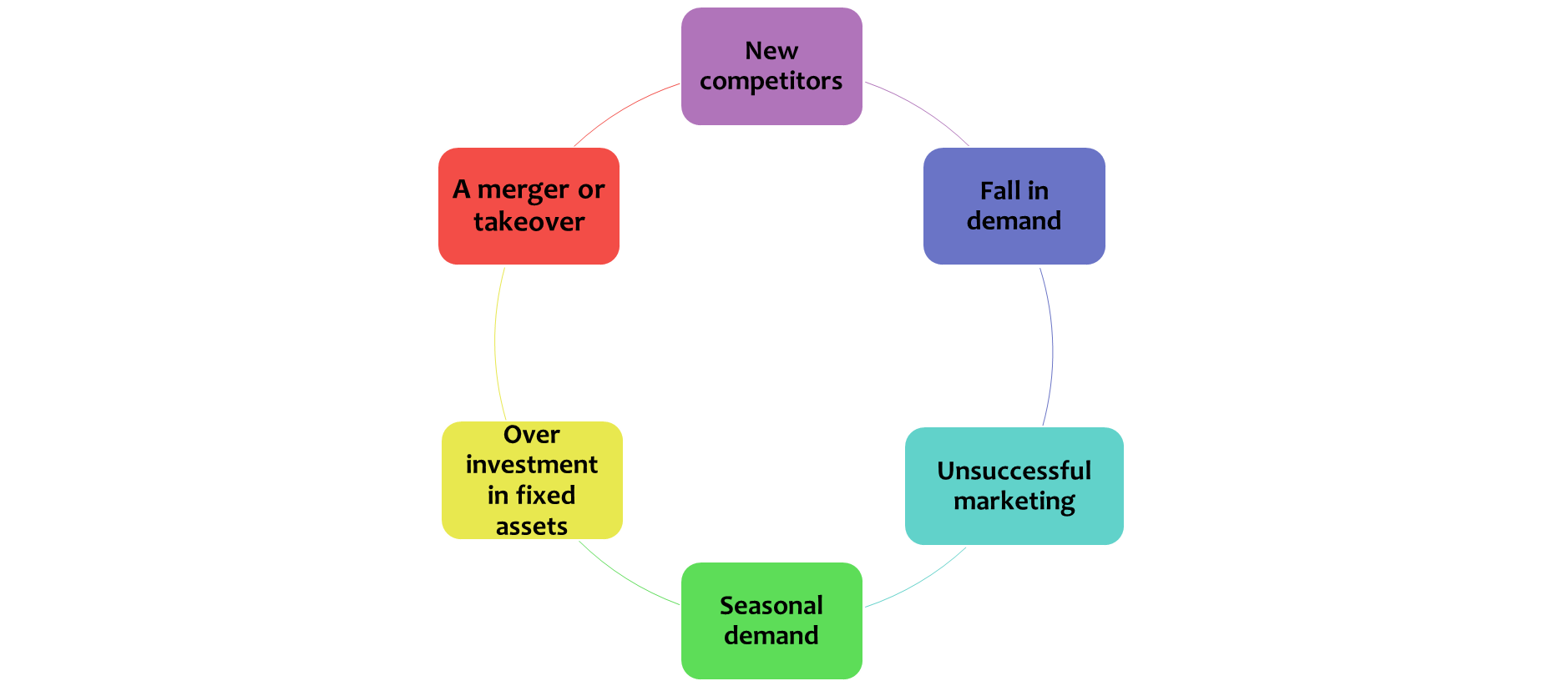
Advantages of under utilisation | Disadvantages of under-utilisation |
|---|---|
More time for maintenance and repair of machinery, for training and improving existing systems. | Firms will have a higher proportion of fixed costs per unit – higher unit costs |
Less pressure and stress for employees | Spare capacity can portray a negative image of firm e.g. fitness club or shop |
business can cope with sudden increases in demand | Spare capacity can portray a negative image of firm e.g. fitness club or shop |
Advantages of over utilisation | Disadvantages of over-utilisation |
|---|---|
High capacity utilisation will minimise average total costs and increase business competitiveness | If a business has a high level of capacity utilisation it may not have the flexibility to respond to new orders from customers |
If workers are busy they are likely to feel secure in their employment | Staff will be under a lot of pressure to produce high levels of output and could lead to mistakes. Overworked staff may also be inclined to leave increasing staff turnover |
A business that is busy is likely to be well thought-of and is likely to attract customers who are willing to wait for products to be delivered | Machinery may be pushed to its limits and prone to breakdowns which disrupts production and increase costs |
Ways of improving capacity utilisation
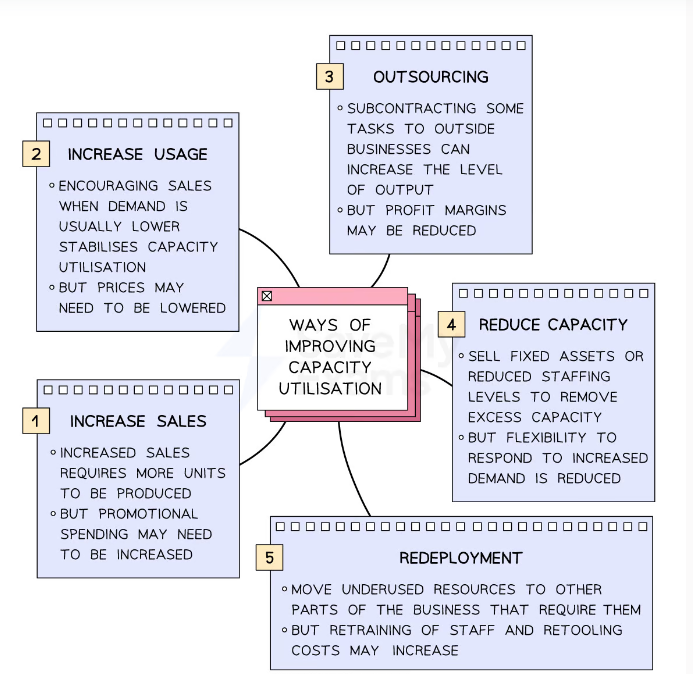
Exam question
![]()
Assess two likely benefits of increasing capacity from 545 tonnes to 830 tonnes for KPM
(8 marks)
KMP increasing their capacity will benefit the business by allowing them to minimise their average costs as they have more product, in turn this will increase their competitiveness.

![]()
The Specification for this section:
Definition of stock control
![]()
It concerns the ordering and management of:
Raw materials
Work-in-progress
Interpretation of stock control diagrams ![]()
The key parts of the stock control chart are:
Maximum level | Max level of stock a business can or wants to hold Example chart: 800 units |
|---|---|
Re-order level | |
Lead time | Amount of time between placing the order and receiving the stock Example chart: just under a week |
Minimum stock level | |
Buffer stock | An amount of stock held as a contingency in case of unexpected orders so that such orders can be met and in case of any delays from suppliers Some businesses cannot hold buffer stocks – due to perishability (it goes off like milk) or due to obsolescence (it goes out of date like technology) |
Advantages of holding buffer stock | Disadvantages of holding buffer stock |
|---|---|
|
Implications of poor stock control
Stock out costs are the costs of not having stock when it is needed:
Loss of customer goodwill
Loss of sales revenue
Damage to reputation
Disruption to production
Case study – Business example
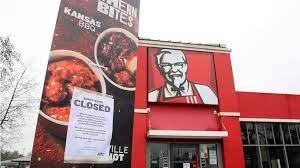
Watch the video and write notes why KFC ran out of chicken/ implications![]()
Just in time (JIT) stock management approach
Definition
![]()
Examples of companies who use JIT – watch the video and make notes ![]()
Imperative for the success of JIT
To make JIT work the manufacturer needs to have excellent working relationships with their smaller parts suppliers
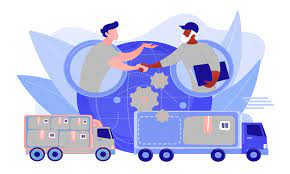
JIT does not work when there are delivery or quality issues
No buffer stocks are held in a JIT system so if delivery does not arrive the product cannot be made
Advantages of JIT | Disadvantages of JIT |
|---|---|
As parts are ordered as they are needed there is no wastage | The business won’t be able to meet unpredicted surges in demand |
Parts are not warehoused which is a massive cost saving in terms of premises and staff | |
Just in time + Lean Production + waste minimisation – read and highlight
JIT's main philosophy is to eliminate waste - wasted inventory, wasted stock and wasted time
By creating and delivering products quickly when consumers request them excess inventory is eliminated, customers receive their orders quicker and the manufacturer doesn't need to keep a large inventory of stock parts
Waste Minimisation
Waste minimisation is a set of processes and practices intended to reduce the amount of waste produced.
Benefits of using Waste minimisation![]()
Competitive advantage from Lean production
Lean production is a Japanese approach top production first adopted by Toyota. The aim is to reduce resources used in production, to use less of everything;
![]()
Benefits of lean production
Improved customer service through delivering exactly what is required when they want it (think cars) |
|---|
Shorter lead times – which can become a competitive advantage for the business – who wants to wait six months for a sofa? |
Safer work environment, with a more organised leaner organisation comes higher levels of safety |
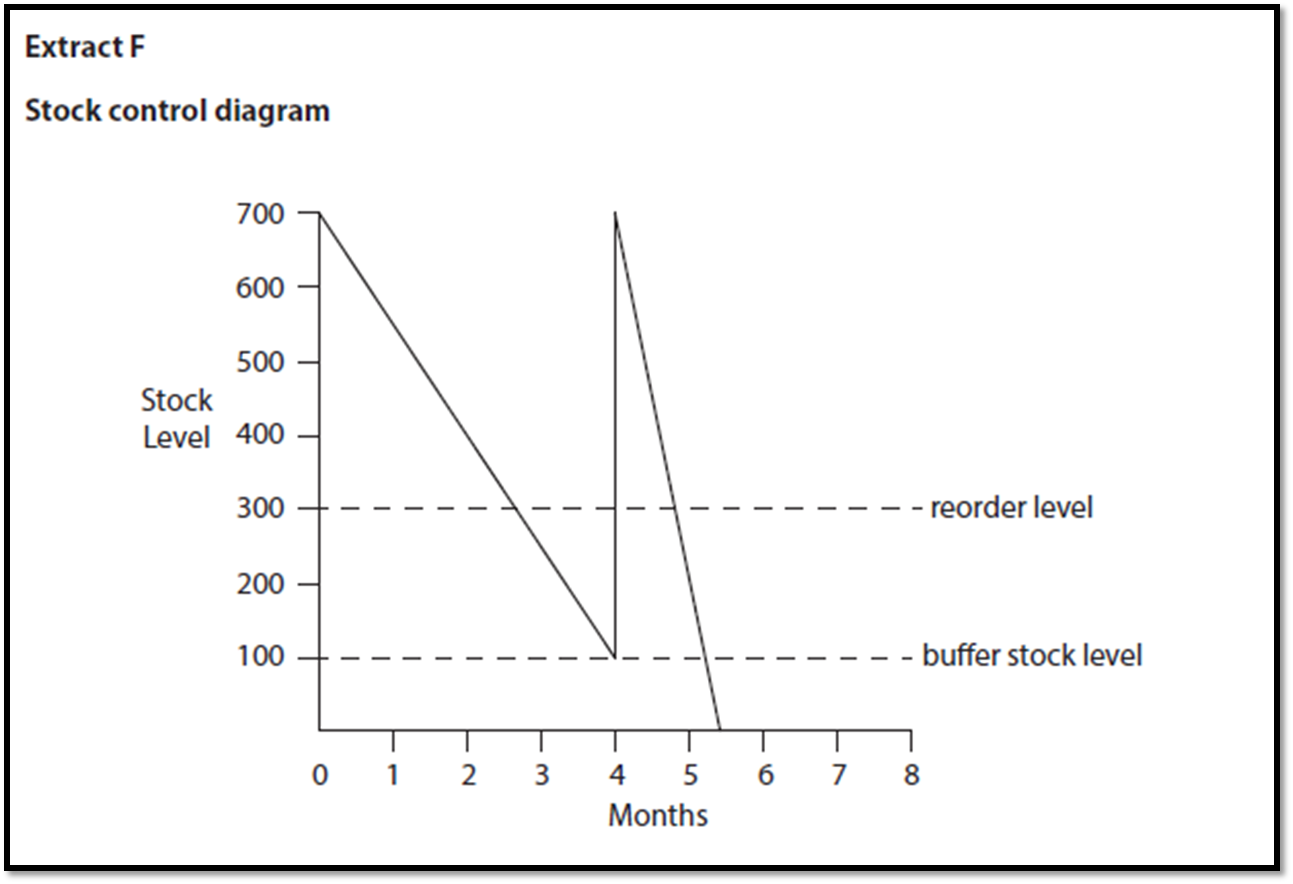

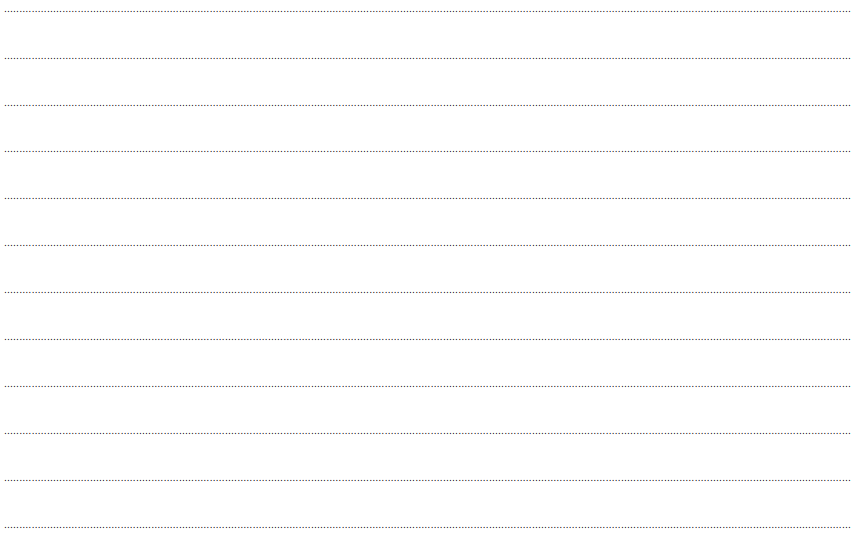
![]()
The Specification for this section: 
How would you define quality?
how well a product or service does what it is designed to do
Quality control
at the end of the production line the work done is check and reviewed
Quality control is mainly about "detecting" faulty output - rather than preventing it. For example, quality control includes:
![]()
Examples of quality control
May involve sampling or looking at data about the product to see if quality is consistent
With quality control the quality is inspected into the product or service. E.g. cinema and restaurant toilets may be regularly inspected to make sure they are consistently clean
Advantages of Quality Control | Disadvantages of Quality Control |
|---|---|
can be used to guarantee that no defective item will leave the factory | Leaving quality for inspectors to sort out may mean poor quality is built in to the product |
Requires little staff training, therefore suits a business with unskilled or temporary staff (ordinary workers do not need to worry about quality) | QC can be trusted when all products (100%) are checked, but when sampling quality there could be quality problems e.g. Ford used to test 1 in 7 of its new cars. |
Quality Assurance
This is an approach that aims to achieve quality by organising every process to get the product 'right first time' and prevent mistakes from ever happening.
This is also known as a 'zero defect' approach. In quality assurance, there is more emphasis on 'self-checking', rather than checking by inspectors.
Advantages of Quality Assurance | Disadvantages of Quality Assurance |
|---|---|
|
|
Total Quality Management (TQM) and Kaizen are two systems of quality assurance that can be adapted to each business to ensure that each worker is responsible for quality.
Total Quality Management (TQM)
An attitude to quality where the aims are zero defects and total customer satisfaction.

Features of TQM
Advantages of TQM | Disadvantages of TQM |
|---|---|
|
|
rolls royce documentary
product
cars
price
£200,000 +
£50,000 more on bespoke extras
place
england
promotion
vienna car presentation
product development
customisable products
customer service
production techniques
non standard order
bespoke cars
customizable
quality
high quality
Quality Circles ![]()
Employees involved in quality circles may become more motivated as they feel valued within the company.
Employees who are doing the job often have a better idea on how to improve processes.
Continuous improvement - Kaizen
![]()
![]()
Relies on a team approach, whereby regular team meetings ensure that quality improvement is driven forward
Watch the video and write notes on how Toyota uses Kaizen![]()
Advantages of Kaizen | Disadvantages of Kaizen |
|---|---|
When all staff have been trained to think about quality it will show through all areas of the business, from design to manufacture to after sales. Therefore, leads to good reputation. | Change is difficult to implement especially if staff have worked in a role for a long period of time. |
Competitive advantage from quality management
A business can achieve competitive advantage through their quality
This may enable them to appear superior to their rivals in the eyes of the customers
Customers may be willing to pay more for quality
Customers may also repeat purchase products which they regard to be the best or most consistent quality
Exam Question
![]()

Quality management is the quality management, assurance and the total quality management of a product's production, it aims to ensure consistent and efficient quality performance and customer satisfaction. This will have a positive impact on jaguar land rovers because they have a decreased chance of defective products leading to an increase in customer reputation and loyalty. therefore they will stay competitive within the market and leed to increased profits within the company, however the issue with
![]()
The Specification for this section:
Economic influence is when a business is affected in any way by economic factors e.g. inflation, exchange rates etc
What is Inflation?
The inflation rate is the rise in the price of goods in the UK economy
Deflation would be a fall in the general price level
Consumer Price Index (“CPI”)
The consumer price index is the principal measure of the rate of inflation for the UK
The CPI measures the average monthly change in the prices of goods and services purchased by households in the UK- it is measured by calculating price changes for around 700 items called the basket of goods
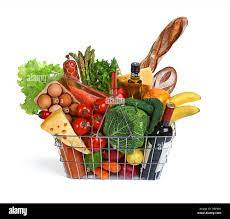
The government has set the Bank of England a target for inflation (using the CPI) of2%
The aim of this target is to achieve a sustained period of low and stable inflation. Low inflation is also known as price stability
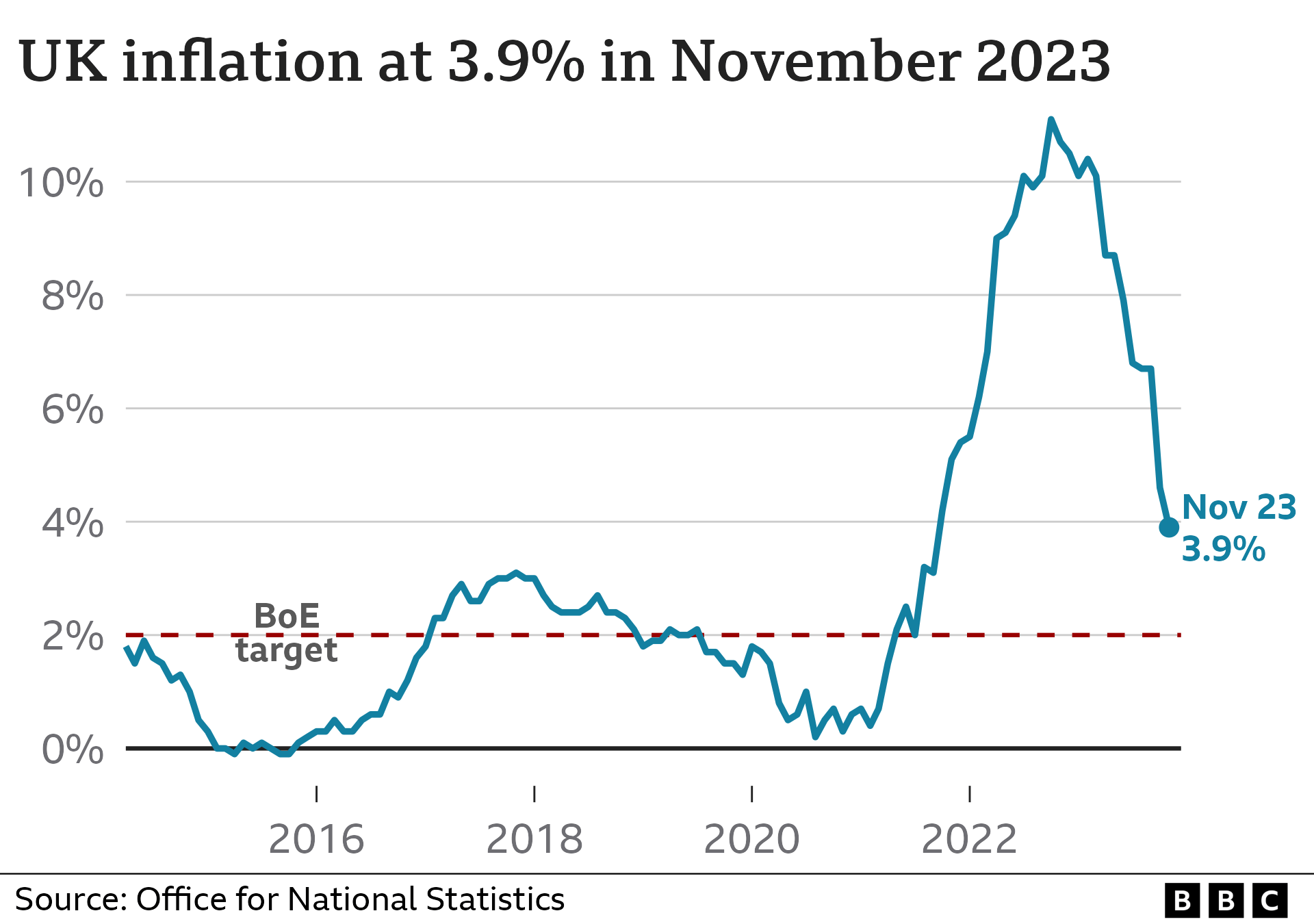
Impact of inflation on businesses
Increased costs | Higher repayments on loans | Consumers change spending habits |
|---|---|---|
|
|
|
International competitiveness reduces | Uncertainty | |
|
|
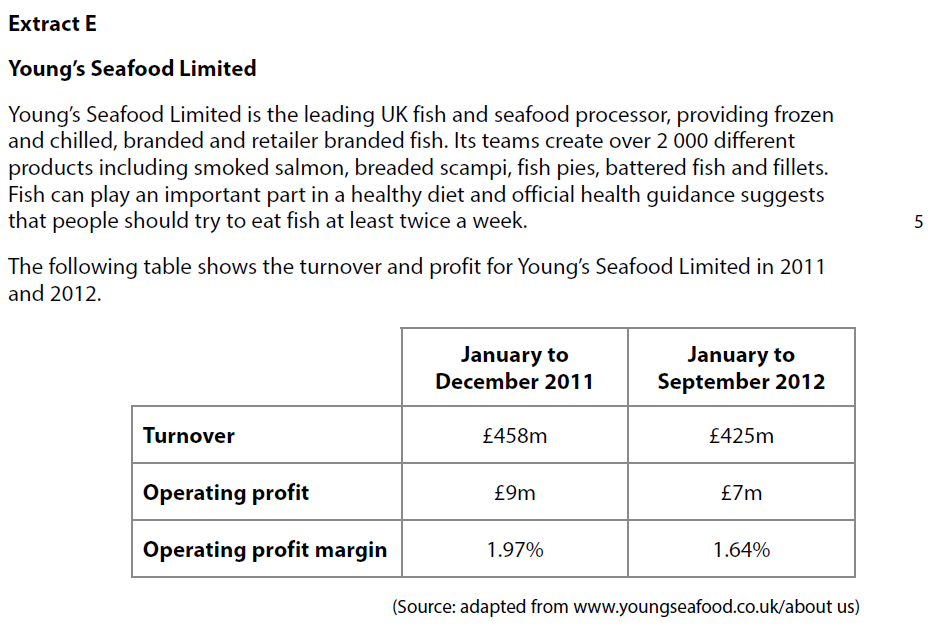

inflation is the rise in the general price of goods in the economy. inflation may have impacted the profitability of young seafood limited, this may be due to the cost of wages rising which will lead to a higher expense rate within the company. this will decrease the profitability for his company as there are more expenses coming out of the overall turnover.
Exchange rates
The exchange rate is the price of one currency in exchange for another.
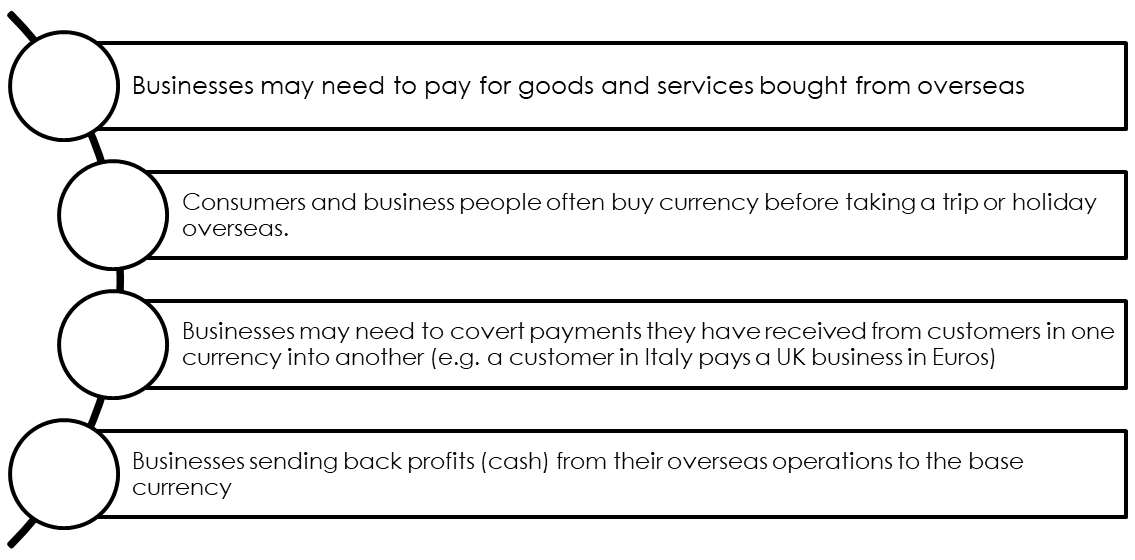
The following image is the most important thing to remember when revising exchange rates: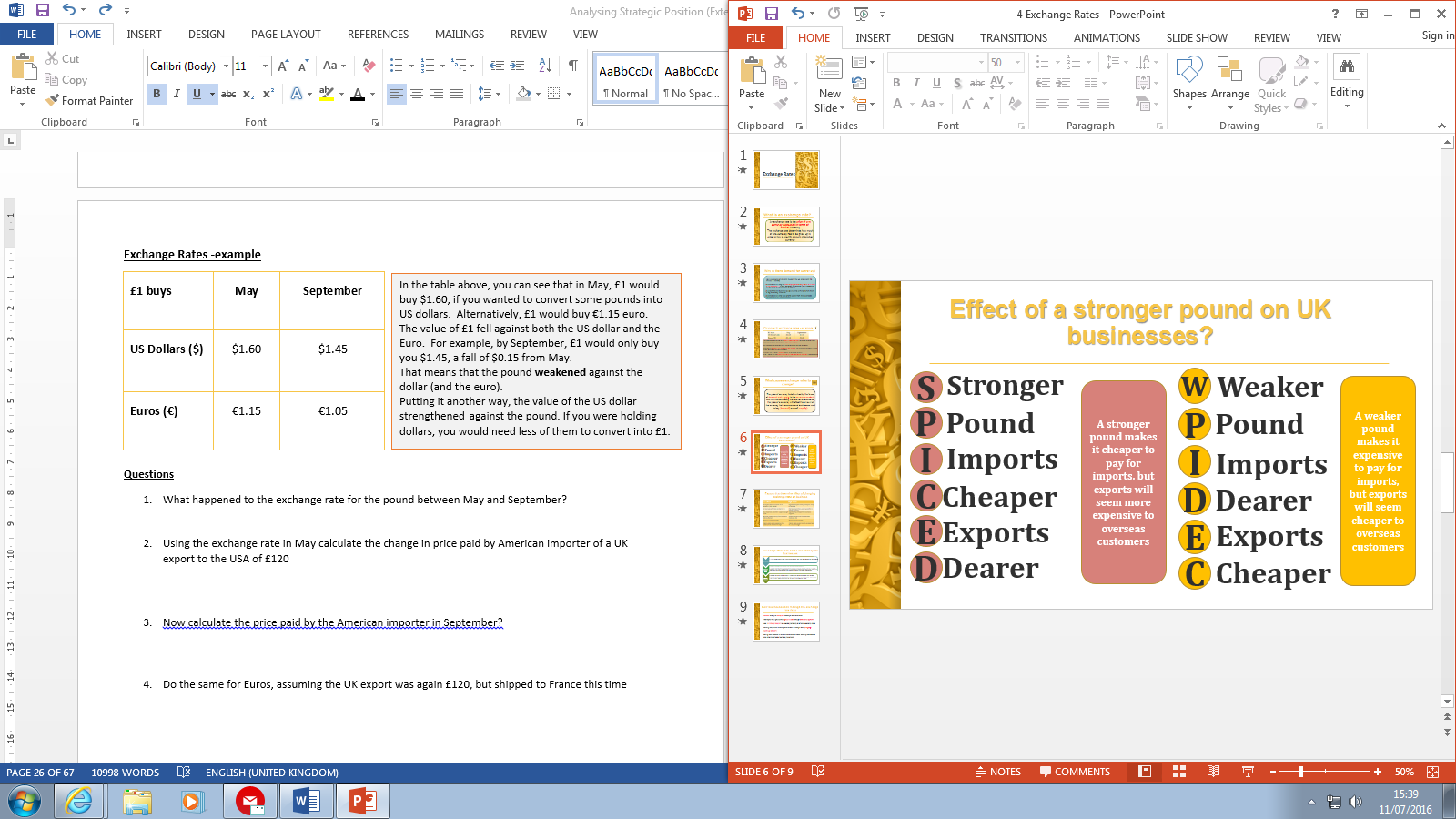
![]()
![]()
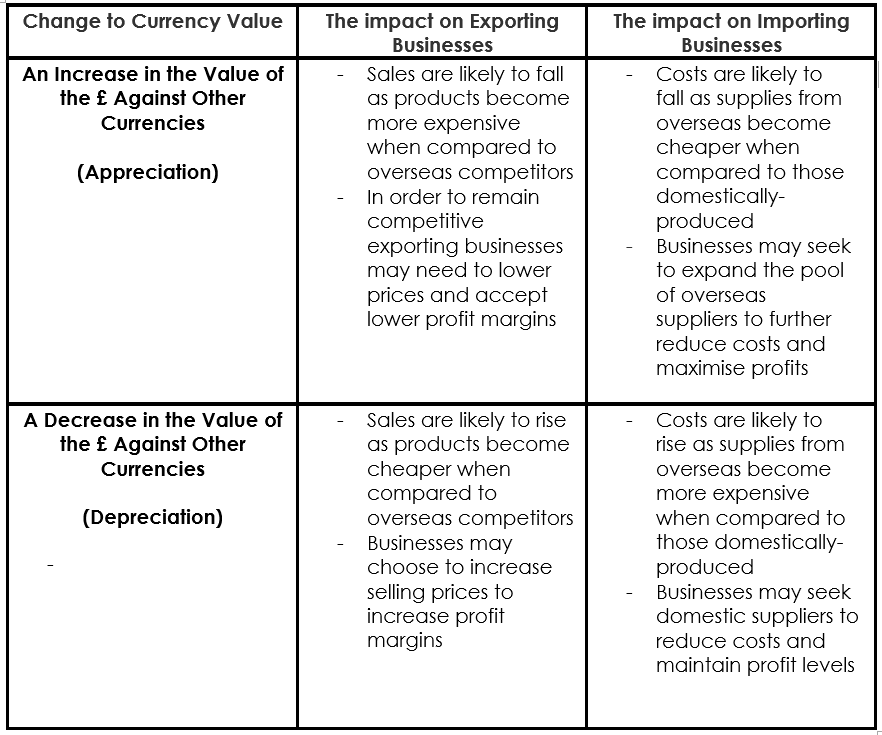
Interest rates
An interest rate is the reward for saving and the cost of borrowing expressed as a percentage of the money saved or borrowed.
The Bank of England is now responsible for deciding what the interest rate should be in the UK
If the bank of England pushes up interest rates consumer and business spending will fall
The bank of England will raise interest rates if inflation is high and lower them if inflation is not a problem within the economy
Lower interest rates encourage economic growth and a fall in unemployment
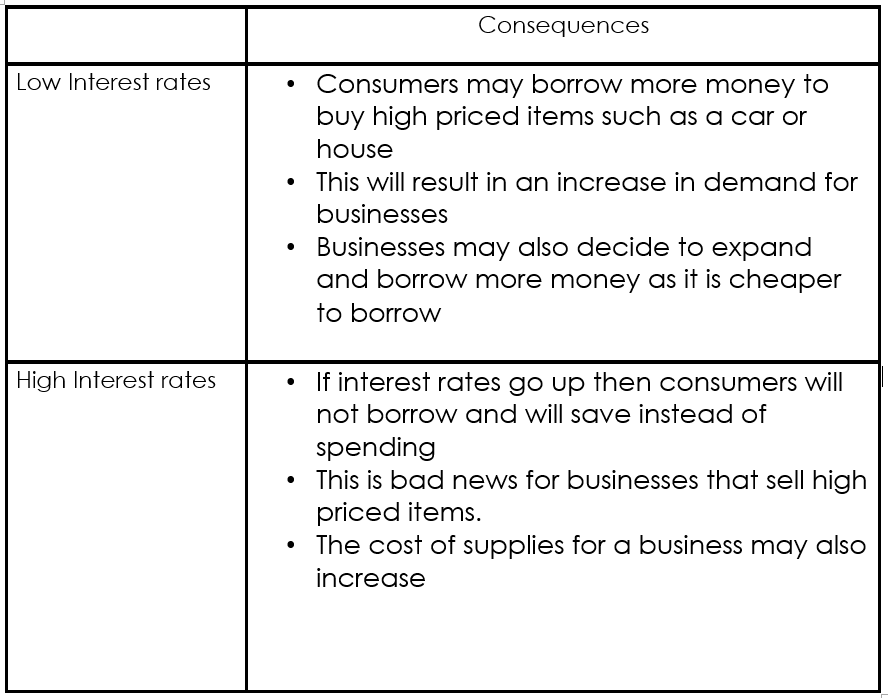
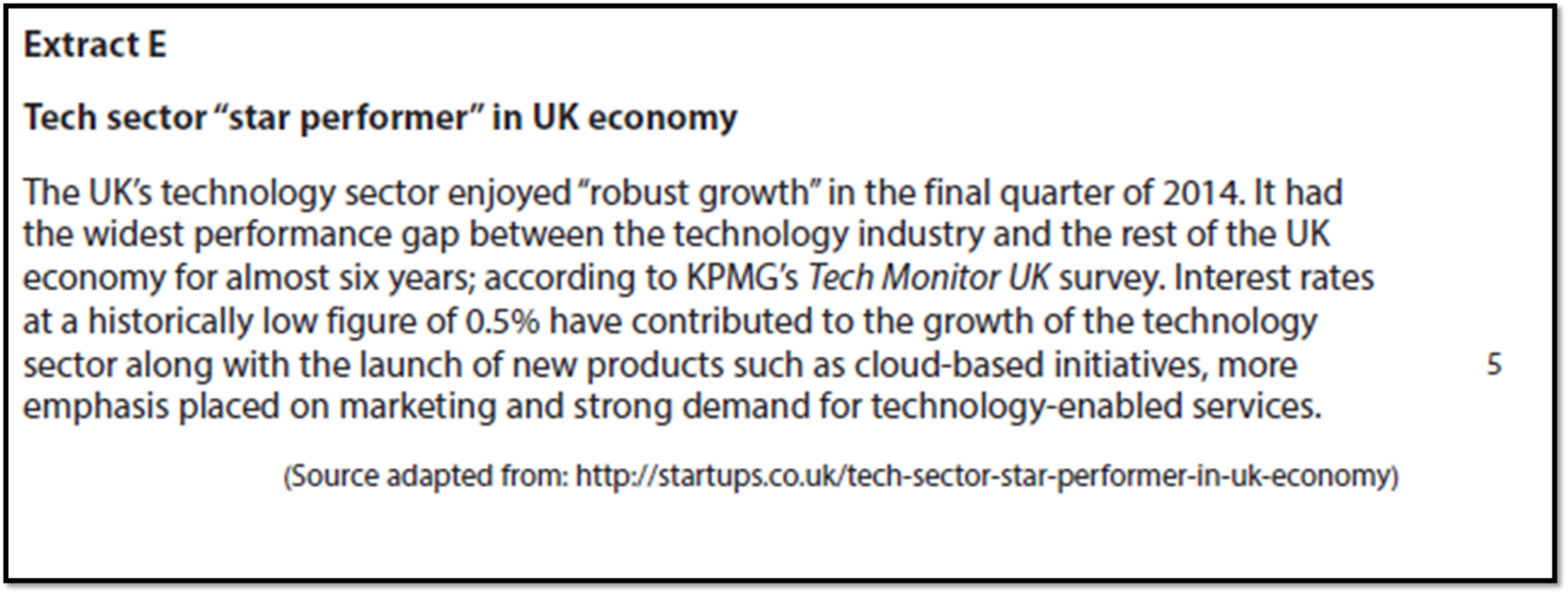
Taxation and government spending
Taxation is a critical tool for governments to raise revenue and achieve various economic and social objective
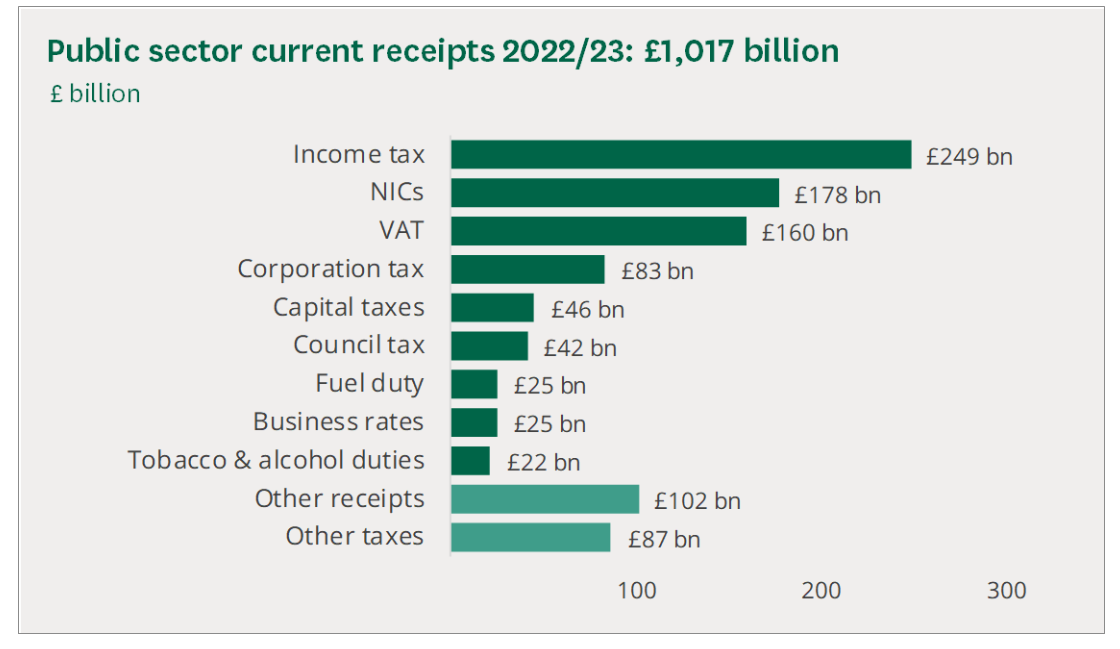
How are businesses affected by changes in taxation?
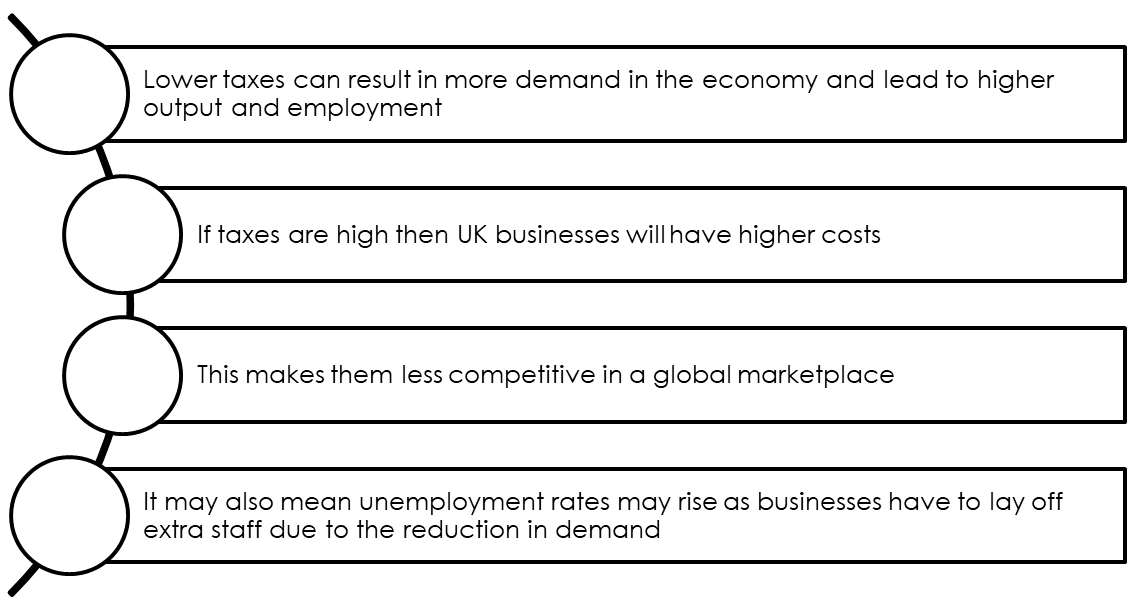
UK taxation for small and large businesses
Small Businesses (sole traders) | Large Businesses (Ltd and PLC) |
|---|---|
|
|
UK taxation – excise duties
Excise duty has to be paid by customers on products which are considered to have negative effects on society,e.g. fuel, tobacco, beer, wine and spirits
What is government spending?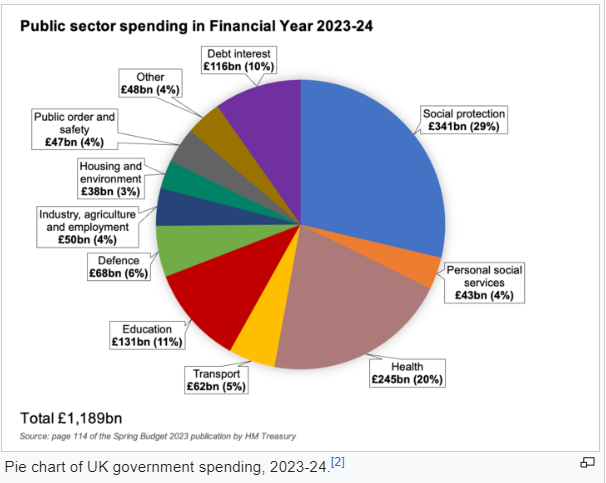
Taxes that the government collects goes into a central pot – this is then spent on various things for the benefit of the UK society
How is business affected by changes in government spending?
For firms selling goods and services to individual consumers and to other firms:
|
|---|
|
On the other hand, many businesses rely on government spending for their revenues and profits. For businesses that supply services to the public sector, demand is directly linked to how much the government is spending. Good examples include:
|
|---|
|
The business lifecycle
The business cycle describes the upturns and downturns in the level of a country’s economic activity (Gross Domestic Product or GDP) over time
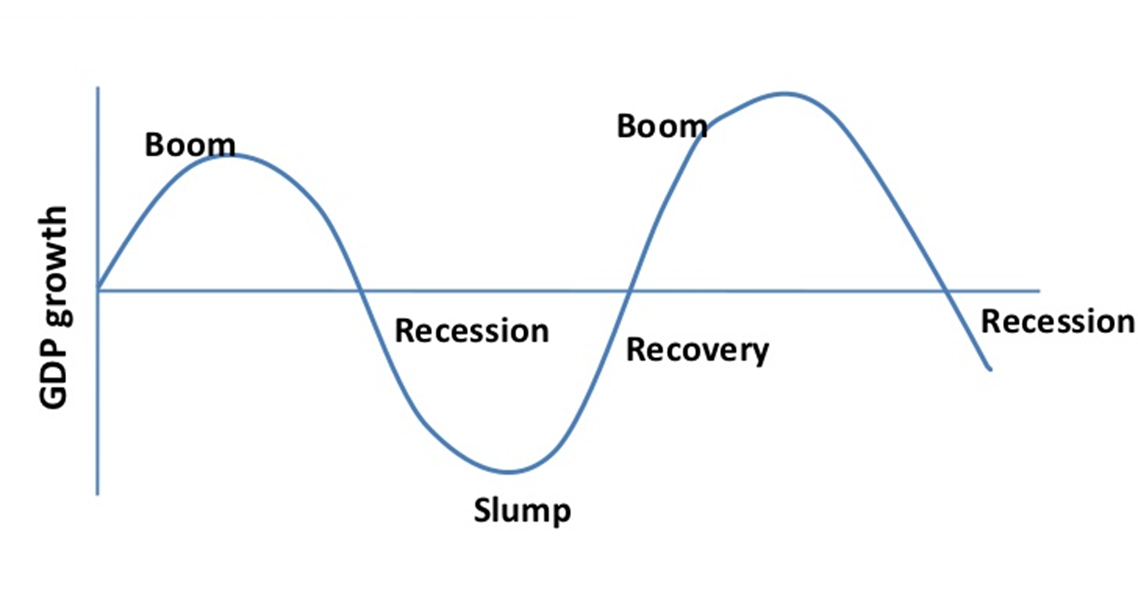
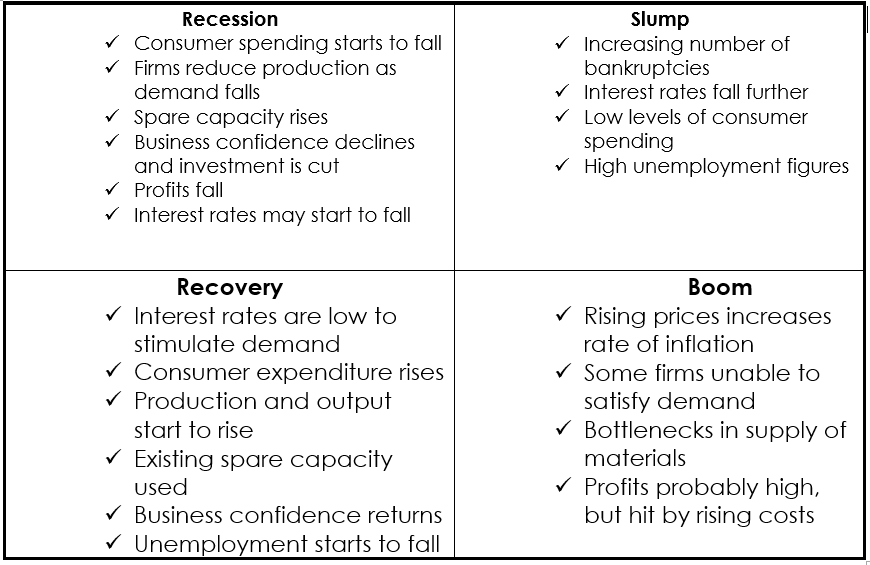
The effects of changes in GDP
The effects of changes in GDP varies depending on the industry e.g. in the recent recession Costa Coffee and Poundland did very well whereas businesses such as Peacocks and HMV went into administration.

Sensitivity to changes in income (income elasticity of demand) also plays a big part in the success of a business. In a recession a luxury clothes firm may find demand falls dramatically whereas businesses selling staple goods may be unaffected.
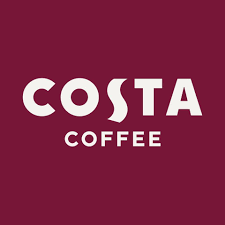
The effect of economic uncertainty on the business environment
Economic uncertainty occurs when it is difficult to forecast the level of supply and demand in an economy. There are many events that have caused economic uncertainty in the past. Some examples include:
covid 19 pandemic- disrupted supply chains / job losses
the global financial crisis- in 2007-2008 - recession
brexit- impact on trade investment as well as possibility to increased regulations and tariffs
Businesses must always be prepared for economic uncertainty by:
building up cash reserves when times are good
keeping informed about the economic climate
being ready to take advantage of opportunities which arise
![]()
The Specification for this section: 
Legislation
Legislation refers to the laws and regulations passed by governments that require businesses and individuals to conduct their behaviour in a particular manner
There are FIVE areas of legislation that have significant impacts on businesses:
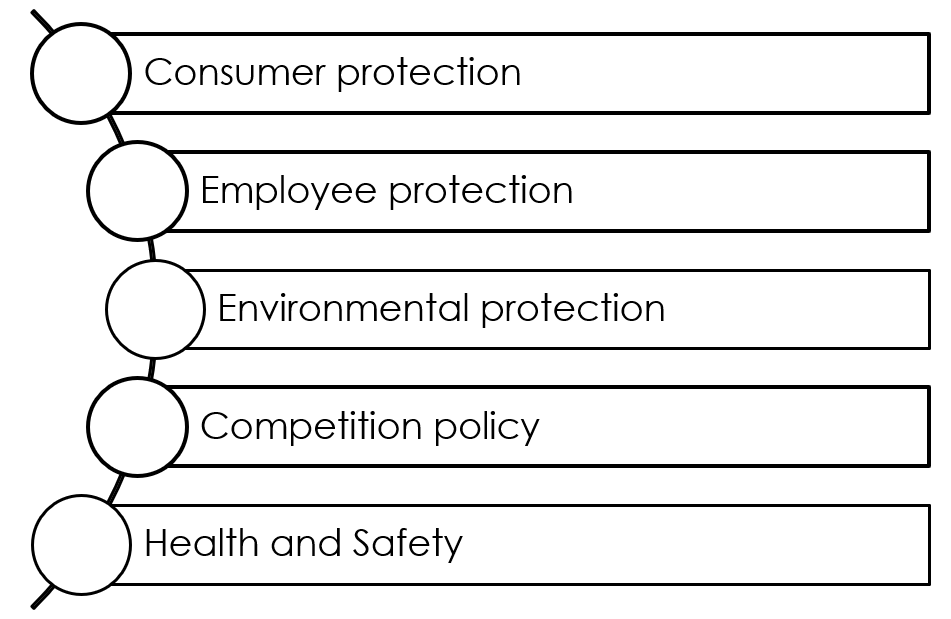
Consumer protection legislation
Aims to ensure that consumers are treated fairly by the companies with which they interact
Legislation covers areas including
The safety of products
The standard and quality of products
The rights of customers if they are unhappy with their purchase
The product information that must be given to customers
Consumer protection laws and the impact on businesses
Meeting the requirements of each of the above laws results in increased business expenditure, which may reduce profitability |
|---|
|
Employee protection legislatio
Employee protection legislation aims to prevent the exploitation of workers
Legislation covers areas including
Pay and working conditions
Equality of employment rights for marginalised groups (e.g. those with disabilities) to avoid discrimination
The right to belong to a trade union and take industrial action
Contracts and termination of employment
Employee protection laws and the impact on businesses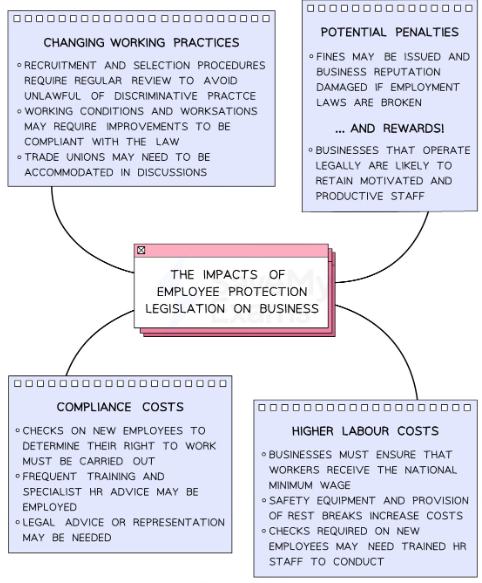
Environmental protection legislation
Aim to hold business responsible for their environmental impact
Legislation covers areas including:
Pollution

Destruction of wildlife
Traffic congestion
Air quality
Resource depletion
Environmental protection laws and the impact on businesses
Businesses failing to adhere to these laws may be fined or forced to cease commercial activity until they resolved problems they have caused
Competition policy laws
Competition legislation aims to protect the interests of both consumers and businesses by restricting anti-competitive practices
Legislation covers areas including:
Abuse of market power so as to limit monopoly power
anticompetitive acquisition activity
Cartel activity and conclusion
Competition policy laws and the impact on businesses
Where the Competition and Markets Authority judges that a business has acted or may potentially act in an anti-competitive manner it may take steps such as preventing a merger or instructing a business to dispose of subsidiaries in order to correct the market
Examples
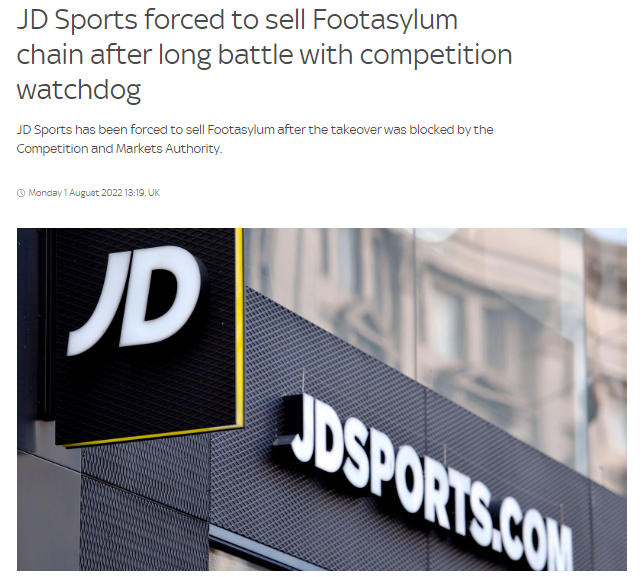
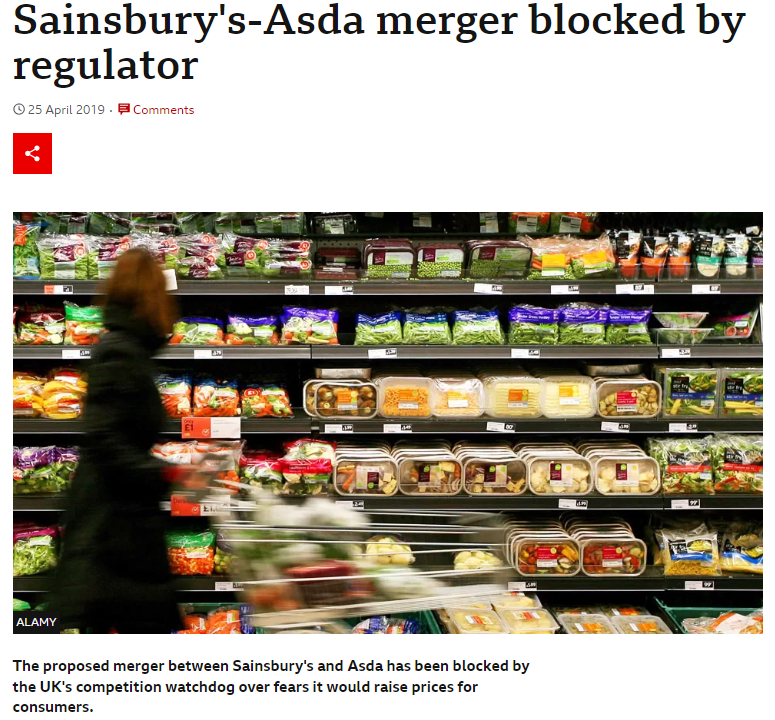
Health and Safety legislation
Requires businesses to operate in a way that protects the physical and mental wellbeing of its employees and contractors as well as its customers
Legislation covers areas including:
The provision of adequate breaks and rest periods
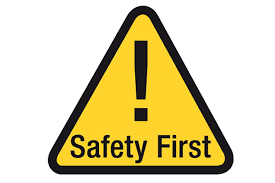
Temperature and noise levels
The provision of safety equipment
Hygienic, safe and sanitary conditions
Preventing stress
Health and Safety legisaltion and the impact on businesses
Implementation of procedures and equipment required to maintain healthy and safe business premises and working conditions are likely to incur financial and time costs
Staff training and supervision
Changes to working Hours and rest provisions
Arrangement of manuals, signage and safety documentation
Purchase and maintenance of safety equipment
Drawing up and implementing code of practices
Serious health and safety breaches can lead to fines or investigation by the Health and Safety Executive and in some cases can lead to prosecution
Quick knowledge check
Exam Question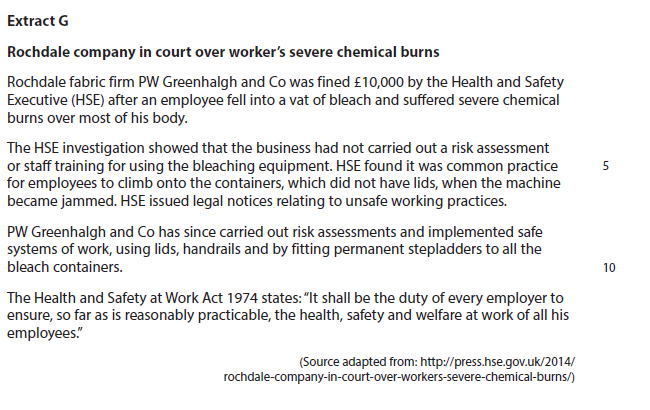

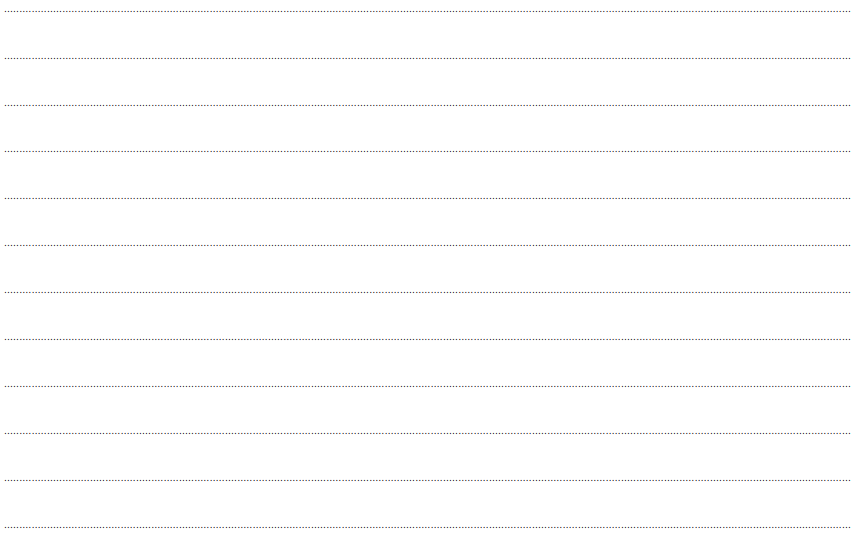
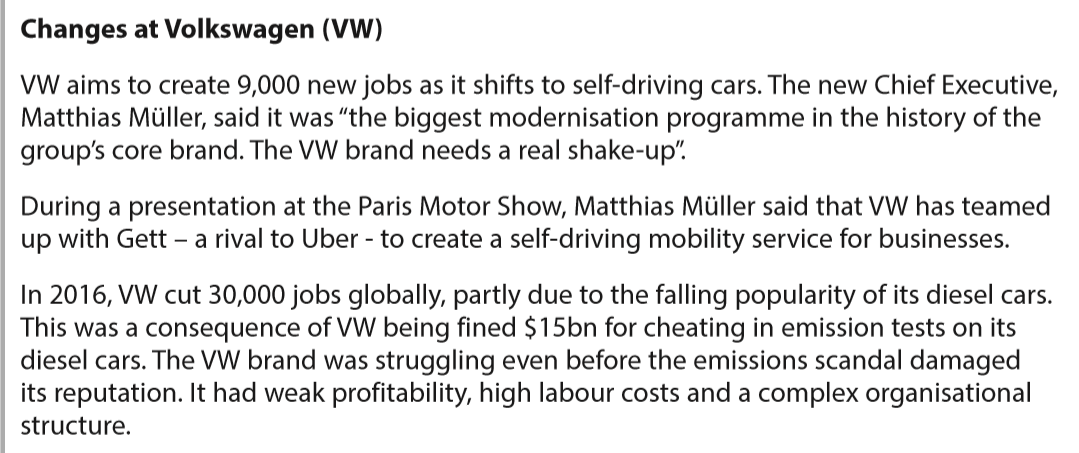

![]()
The Specification for this section:
The competitive environment concerns the degree to which a business is affected by rivals that operate in the same market. Competition from other businesses will impact on business decisions. Here are the ones you need to know:
Decision | Impact |
|---|---|
Nature of business ownership |
|
Nature of product or services provided |
|
Nature of the product range |
|
Pricing Strategies used |
|
Marketing methods used |
|
An example of the way an Independent Grocer can adjust to the arrival of a National Supermarket in the local area
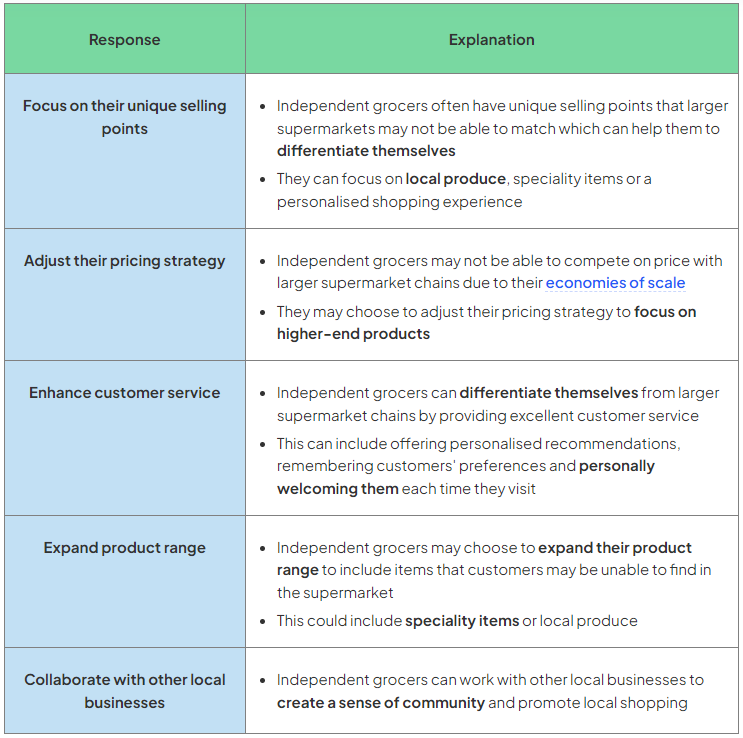
The Market Size – recap from Theme 1
Market size is essentially the number of customers and sellers in a particular market
Businesses entering niche markets may struggle to support a high volume of goods due to limited demand as the market size is small
For these businesses, the specialised knowledge or skills required may well limit the competition and the higher costs of production may well put off new businesses from launching
Businesses entering large markets may face more competition from established businesses, higher costs of promotion, and challenges in deciding their pricing strategy
Exam Question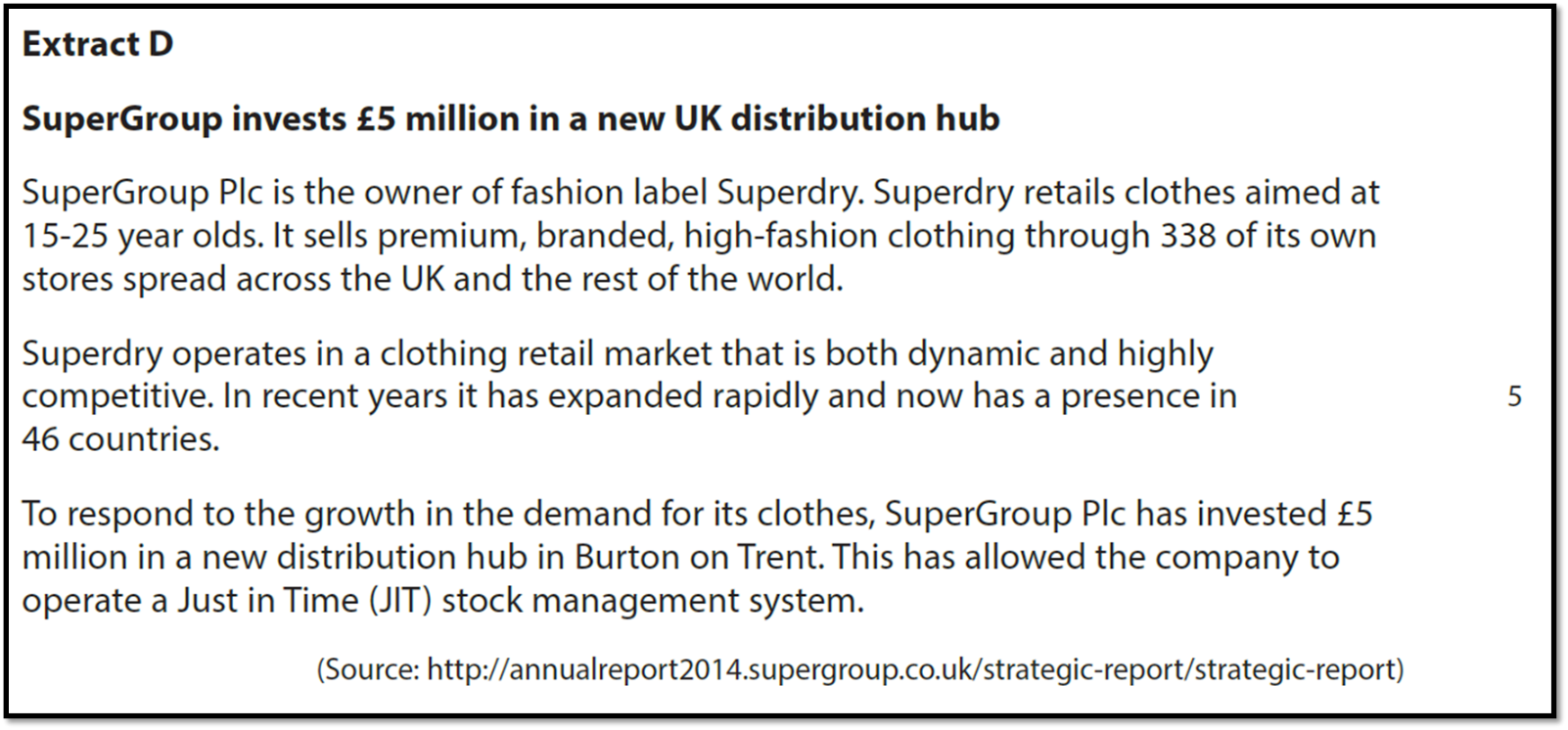

A competitive market is when multiple rival retailers are competing and selling similar products. This can lead to a fall in profits for supergroup plc due to the need for product prices to decrease to compete with the opposing industries.
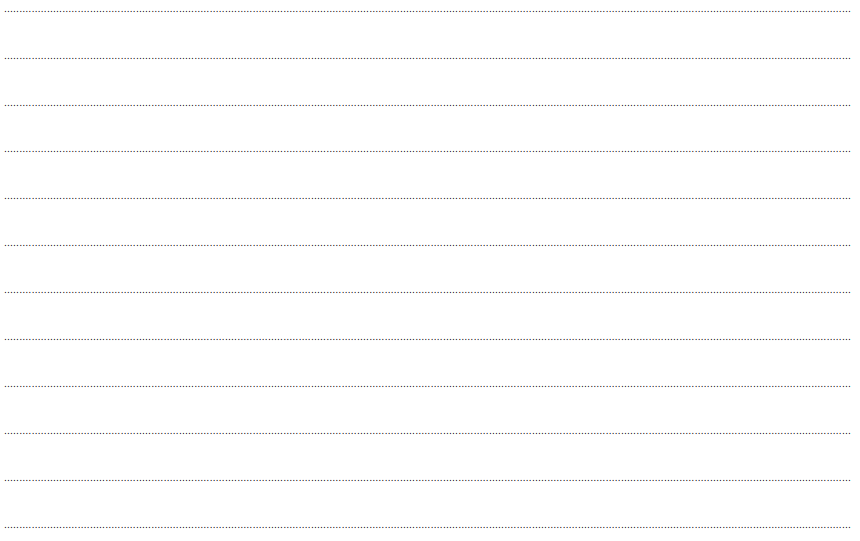
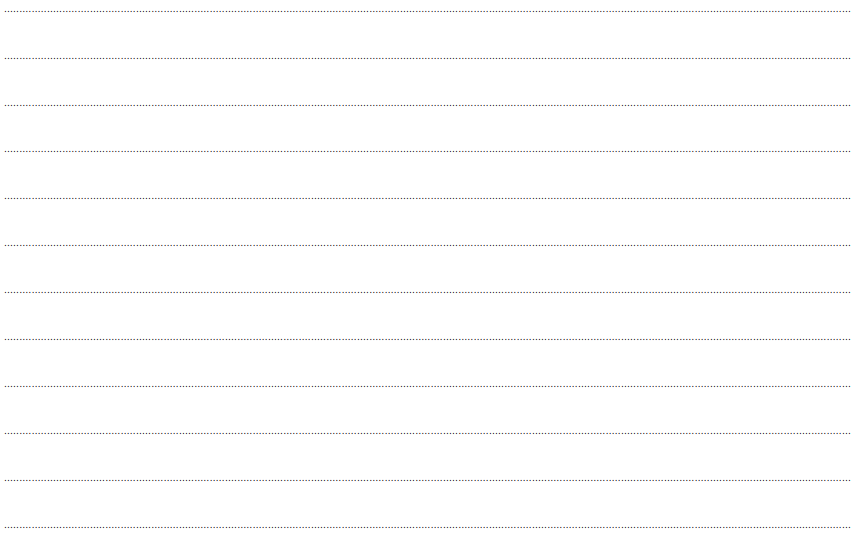
 Knowt
Knowt